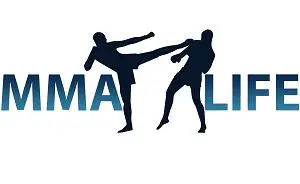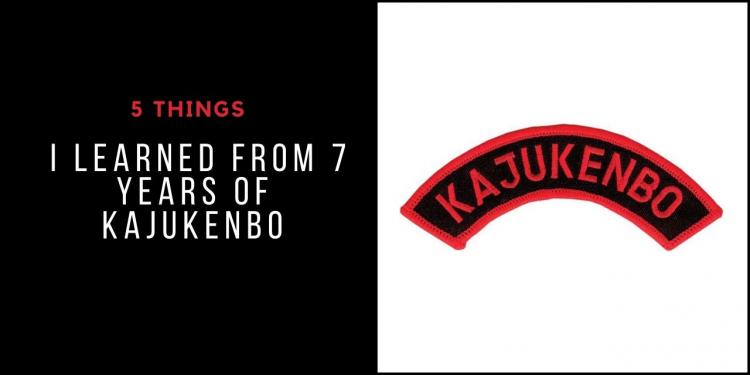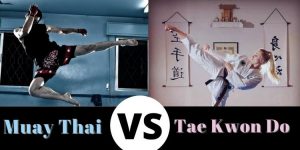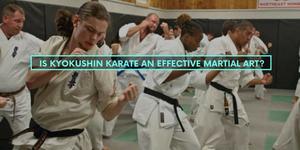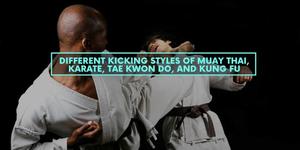"Ki-yai!" The yell rings out in the gymnasium as three rows of young boys, myself included, hit our fists against our chests and crouched into a squat position.
It was my first day of kajukenbo, and I had barely managed to tie on my karategi and belt before running to join the group of kids.
I would go on to practice this style of martial arts for seven years until I left Hawaii for college, but I would carry the life lessons I learned in that tiny gymnasium for the rest of my life.
What is Kajukenbo?
There are no other states in the U.S. more multicultural than Hawaii. A melting pot of immigrants from dozens of countries, every Hawaiian community is a multifaceted fusion of ideas, foods, practices and philosophies.
Look no further than:

- Pidgin (a local language that borrows words from Native Hawaiian, English, Portuguese, Filipino and much more)
- Saimin (a noodle dish with its roots in China but with ingredients contributed by Koreans, Japanese and Filipinos)
- The ubiquitous Spam musubi (a lunch snack created in Japanese internment camps with American canned pork and Asian seasonings)
The same holds true for the martial art known as kajukenbo. Kajukenbo was created by five men in Honolulu, Oahu, back in the 1940s. Its name hints at the martial art styles it hybridized:
- KA: Karate
- JU: Judo and jujitsu
- KEN: Kenpo, a fighting style from Okinawa
- BO: European and Chinese boxing
It’s an eclectic mix, to be sure, with a primary focus on kenpo but with hints of each style in its different forms, poses and lines of attack. And just as the art form fused together different styles, the life lessons I learned fused to my core philosophies and experiences.
Five Life Lessons From the Kajukenbo Mat
1. Big change comes from incremental steps
When I was 13, I wanted to grapple and throw a grown man. In the particular kajukenbo school I attended, it was one of the tests you had to pass if you wanted to earn your next belt.
I was very frustrated that I couldn’t pick up my shifu and toss him across the mat. It seemed like the only thing that stood between me and graduating to the next level.
I remember him pulling me aside and explaining that there was still so much that needed to happen before I reached that point. From working on my physical strength to getting the technique just right, he promised me that focusing on the day-to-day learning would get me there one day.
And he was right.
I wanted to skip ahead to the big payoff without putting in all the small, behind-the-scenes work. But it’s only by progressing through those little steps that we evolve.
2. Discipline is the foundation to success
When you’re a young boy, it’s not easy to resist the impulse to engage in horseplay, goof around, or kick each other in the shins when the instructor isn’t looking. The thing is, they’re always watching!
I used to think they were boring, stuck-up and too strict. Now, I see how remaining disciplined and focused is key to not just the practice of kajukenbo itself, but also to all other areas of life.
From memorizing the complex katas, to focusing on your partner's palm when you're practicing your punches and kicks, keeping a disciplined, focused eye on your goals was essential for success both in and out of the kajukenbo class.
3. Appearances are misleading
In movies, the hero wears a cape and the villain is obvious the minute he steps into the room.
Kajukenbo taught me that appearances are deceiving when it comes to strength and power.
All of my instructors were middle-aged or senior Hawaiian men and women. If you saw them walking through the mall, you wouldn't think, "Now there is someone dangerous and powerful!"
But if they needed to be, they were fast, they were strong, and they were as sharp as a double-edged sword. They could stop an incoming punch with a glance, and they could sweep the feet out from under you before you even knew you were falling.
Likewise, they taught us how to survey a room and take stock of a situation with an eye on how to keep ourselves safe and out of harm’s way.
In life, appearances are also deceiving, in both good and bad ways. Appearances are inconsequential. What we look like on the outside says nothing about what’s inside of us: Our strength, our values, our self-worth and our hopes and dreams.
4. Your breath is key
At the beginning of each class, we would go through a series of breathing exercises. And to end the class, we would all kneel and forcefully expel the air in our lungs. It was part ritual to bookend the class, and part practical application.
In kajukenbo, they teach you that your breath is everything.
It grounds you.
It tightens your core in preparation for an incoming hit. (It’s a core part of your “ki-yai”)
It helps you focus your thoughts, especially in a sparring match (or in a real-world fight).
Off the mat, society now recognizes the importance of breath to moderate our emotions, keep us steady when situations get stressful, and harness our inner strength.
5. Being humble opens you up to great opportunities
You can’t learn if you think you already know it all. You can’t absorb great teachings if you fancy yourself wise already.
As a student of kajukenbo, you learn the most when you’re defeated. You pick up the technique faster when you let go of your idea of doing it “better.” You see your own flaws when they’re exploited by your combat partner, and thus are better able to challenge yourself and overcome your flaws.
The same is true in life. When we’re open to constructive criticism, and we surround ourselves with great teachers, the universe presents us with new opportunities to grow, to succeed, and to become our strongest, happiest, wisest selves.
